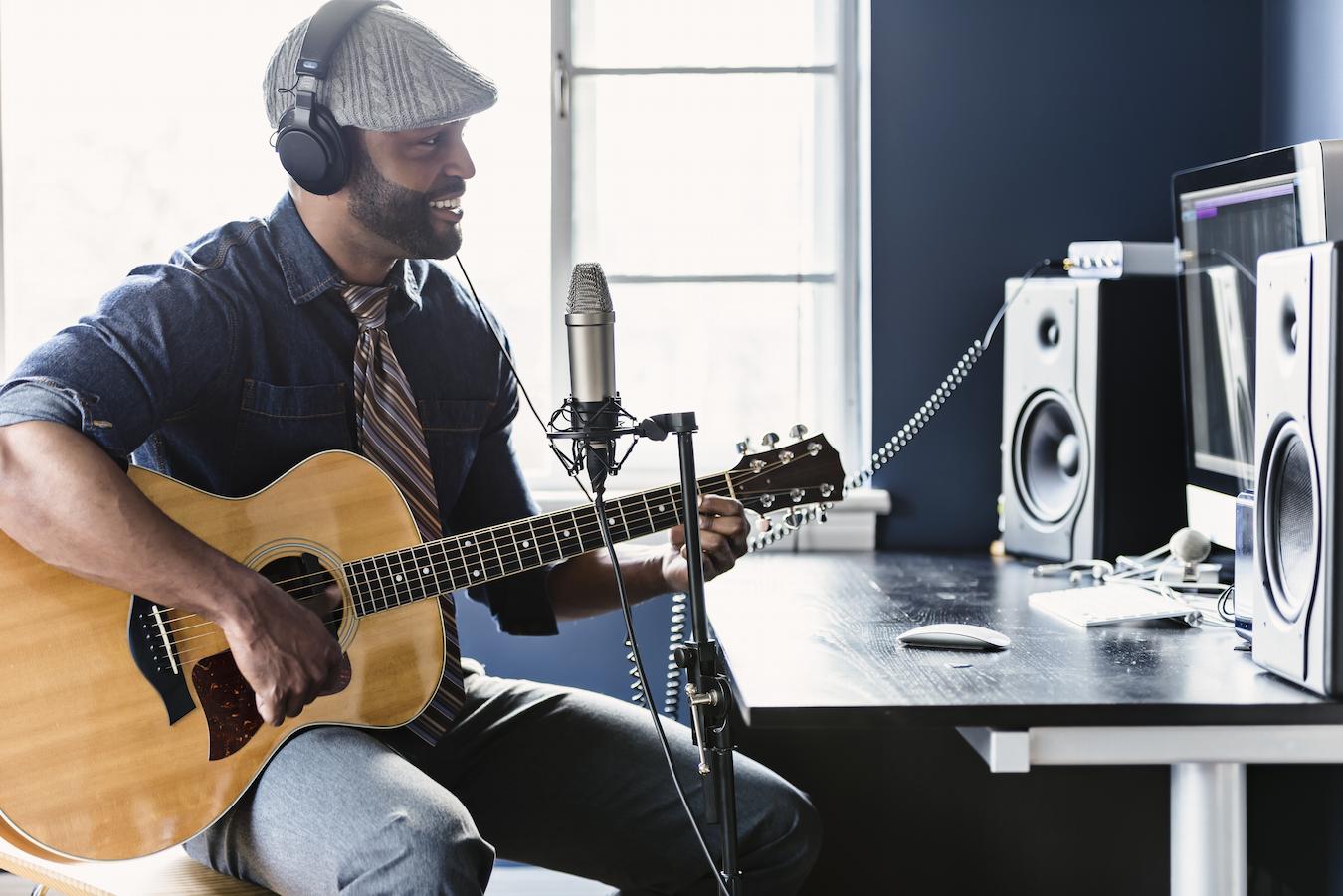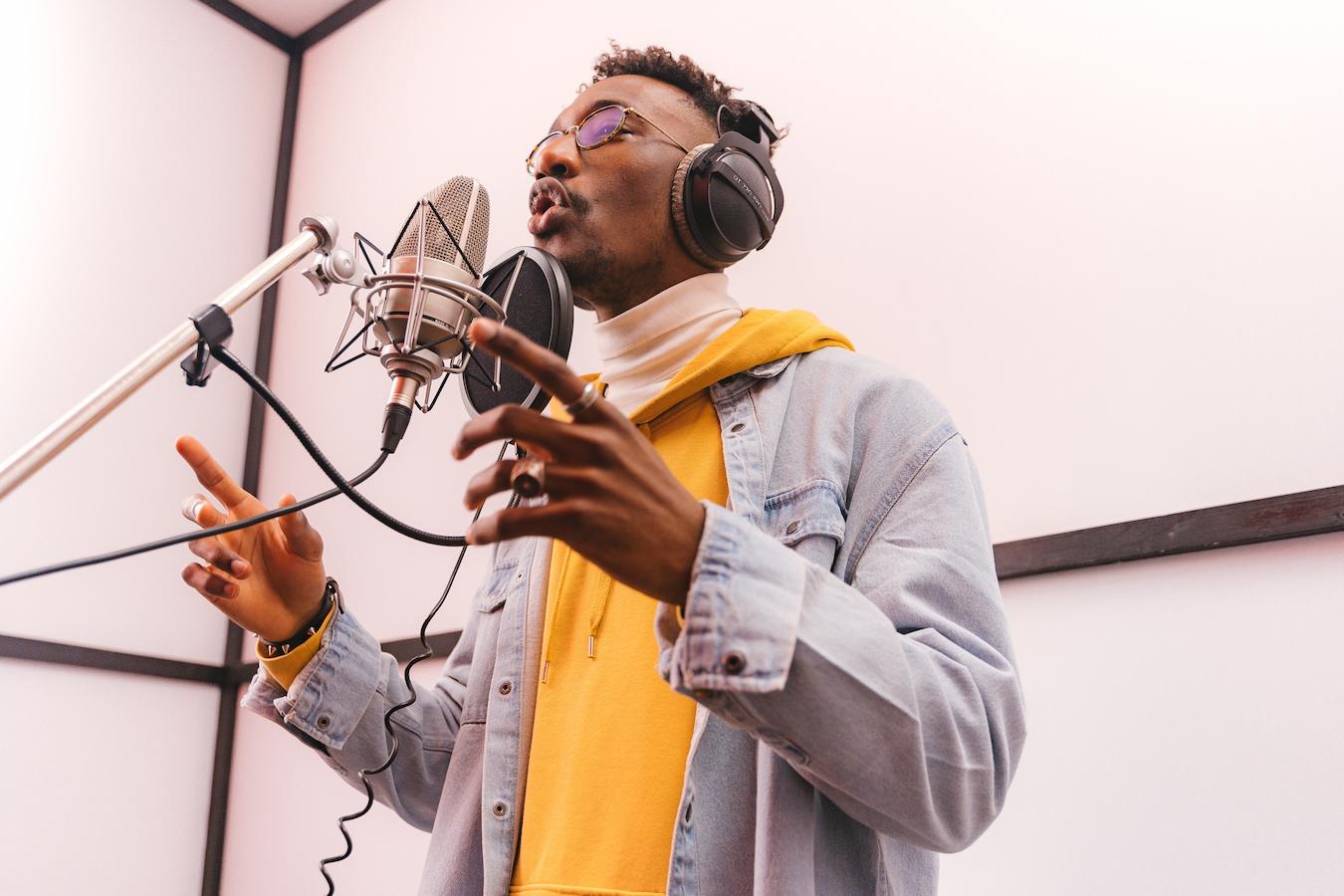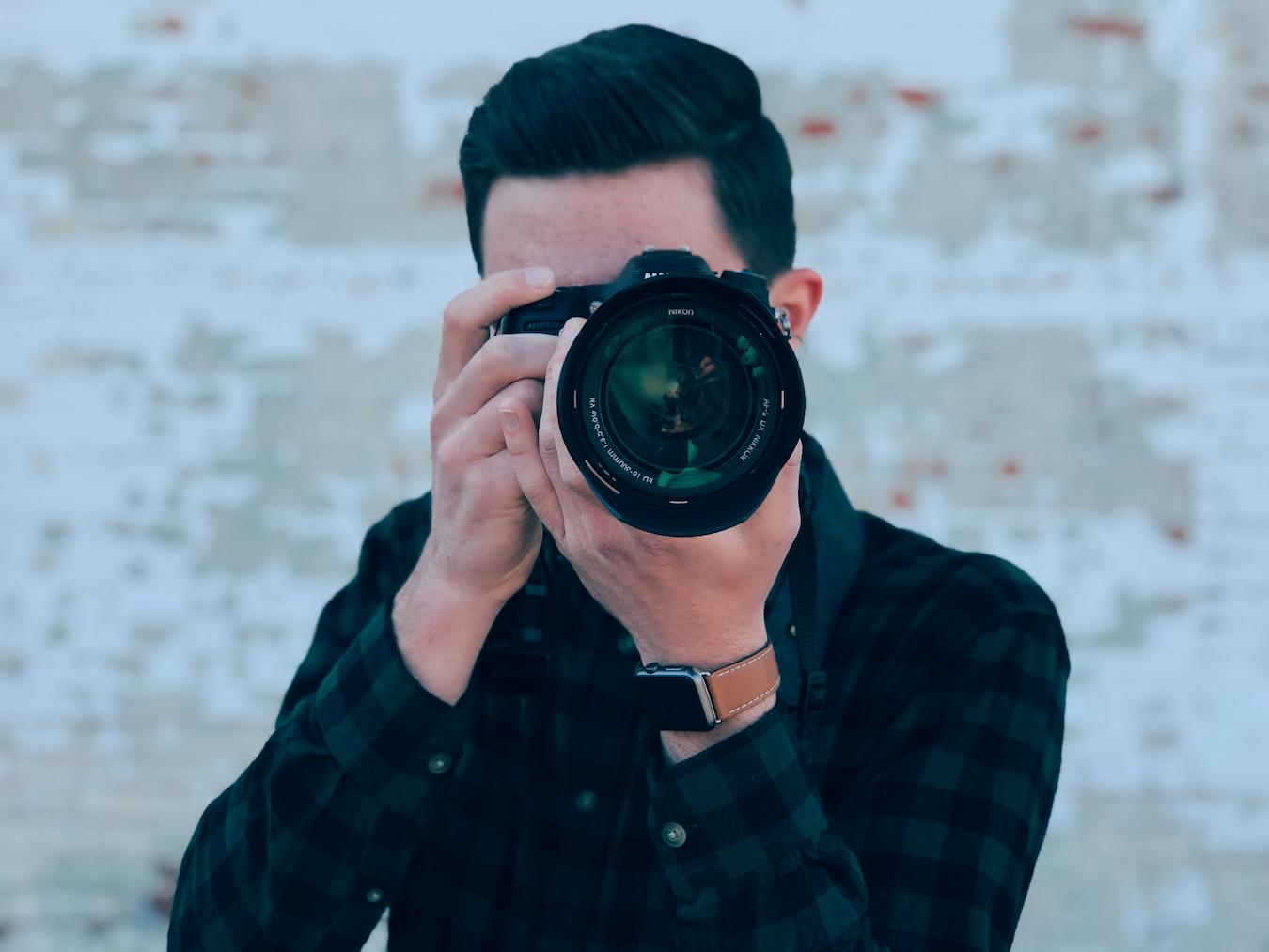Make Music Right Where You Are with a Home Studio
Technology affects the evolution of every industry, and the music business is no different. Having a home recording studio was a real rarity available only to the elite for many years. With the advent of the digital audio workstation (DAW) and other advances in digital recording and virtual instruments, having a home studio became an option for musicians and audiophiles of all stripes.
Before this kind of equipment entered the music scene, musicians generally had to wait to get signed by a record label (or have loads of cash or connections) in order to get access to a professional recording studio. However, the move from analog to digital meant less time and money was needed for recording and mixing music, and it opened up a world of possibilities for people with an understanding of recording, and of course, some musical talent and motivation.
If you’ve been considering setting up your own home studio in an extra room or elsewhere in your home, it might be a good idea to keep reading. Maybe you just need a little nudge or an overview of what it will take. Before getting started, you may first want to learn about all your options, and what some of the experts out there recommend for a home recording studio.
From the audio interface, to studio monitors, to room setup, you’ll need to make the best budget-friendly decisions you can to achieve the desired results for your studio. While we could go much more in-depth, we’ll just cover a couple categories of things to consider as you set up your home studio.
See Related: What Is Post Production In Film?
Space, Acoustic Considerations, and Aesthetic
Any time you’re dealing with sound, and specifically recording sound in a room, you’ll need to consider the size of the space. You’ve heard the phrase “less is more,” but even with expensive acoustic treatment, great speakers, and all the best gear, more is generally more when it comes to creating a studio space to record sound.
If you don’t have more than one room available for your home studio, then no need to worry. Do the best you can to set up in that space and just get started.
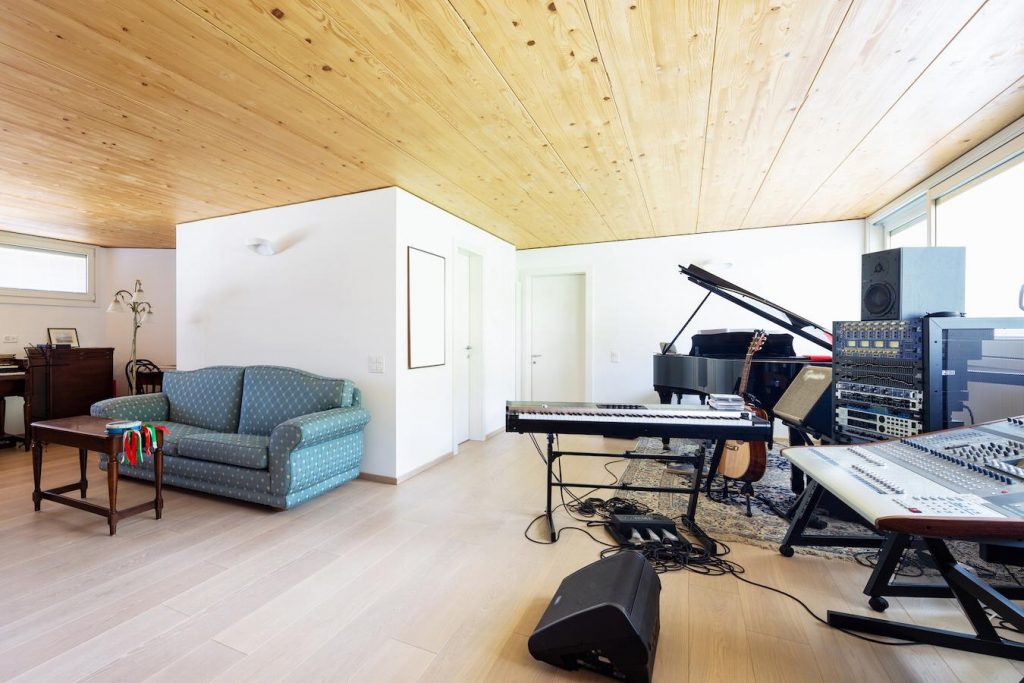
While you don’t need to completely cover every wall with acoustic treatment, you should assess your production studio space and choose the best place to set up sound panels. Of course, this might depend on where you decide to place the microphone, speakers, and other audio gear in the room. It’s a great idea to see what audio engineers use and recommend, since the sound setup can make a big difference in the end.
It may not seem like a very important element, but the overall look or aesthetic of your home music studio can influence how you feel when you’re in the room. Do things sound good? Are you inspired to create?
Does the space serve your recording and mixing needs? Even though you may use it for work, a home studio can still bring a little joy and beauty into your life.
Bonus: How Does Filming Work on a Sound Stage?
Music & Audio Gear You Need for your Home Studio
There are several pieces of equipment you will need in order to turn that one lucky room into your home recording studio. Here is a quick list that might make things easier if it’s your first time attempting a home studio.
- A Computer – The computer you currently use should do the job, though you may need one with more RAM if you’ll be mixing a lot of music.
- Digital Audio Workstation (DAW) – With analog recording, it took hours to cut and splice tape to edit tracks. With Pro Tools and other DAW software like Studio One or Apple’s Logic (like Logic Pro X), it’s now a much faster process and accessible practice. While they don’t come free (Pro Tools will set you back around $600), it’s still much better than the thousands upon thousands of dollars that were needed to get a great sound recording in the “olden days,” AKA a few decades ago.
- Audio Interface – An audio interface is the front end of your computer recording system. When you record yourself singing into the mic, the microphone converts the physical vibrations into an electrical signal that is sent into the interface’s mic input. The interface then converts that signal into literal 1s and 0s (A/D conversion) so they can be consumed by your DAW. With a multichannel interface you can record and playback multiple sources (for example bass, guitar, keyboard, etc.) simultaneously. Be sure to check that it provides enough outputs (D/A) for your needs.
- Studio Monitors – If you want to hear what a musical genius you really are, you need speakers. Studio monitors are speakers that have a flat frequency response, which enables you to get a better sense of what the music actually sounds like while you’re mixing. You will want to listen to the music you make in various spots – on the speakers in your home studio, the speakers in your car, and maybe even the speakers in your friend’s car if you are a true audiophile and/or perfectionist.
- Headphones – Headphones are another important way to listen to what you’re recording or mixing. If you don’t already have quality headphones, you’ll want to get them before you begin to record in your home studio. If you’re unsure about the best headphones out there, here’s a guide to good headphones that audio experts recommend.
- At least one microphone – you may need more than one mic, but to first get started, a decent mic should suffice. You can put mic #2 on your list of gear to get next.
- A Mic Stand – You’ll want to get a mic stand. You don’t have to spend too much on this one. Maybe you can even find one for free. Just set it up and you’re good to go.
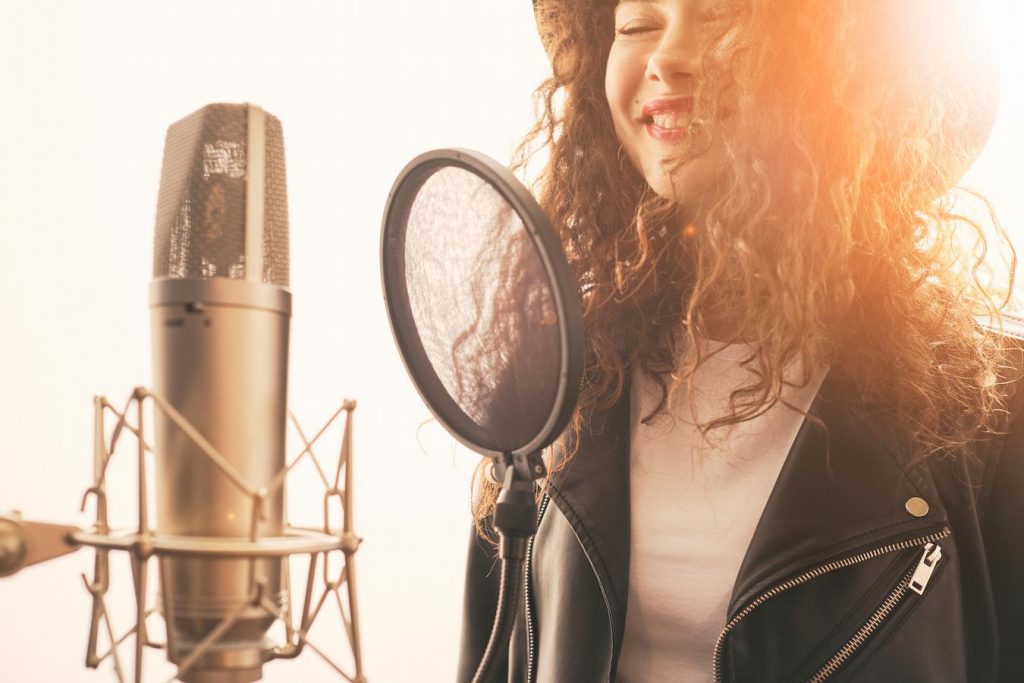
- A Pop Filter – This one may seem superfluous, but you may need a pop filter to place in front of your microphone to filter out the popping effect that comes from low-frequency bursts of air when vocalists sing words starting with “P” and “B.”
- Miscellaneous – When you’re setting up a room for a home recording studio, you should expect the unexpected. You’ll likely need cables, connectors, and other hardware to bring it all together. The only danger is becoming a complete gearhead and spending all of your savings on audio equipment.
We wish you the best of luck capturing your musical creativity. And if you don’t have room for an at-home music studio, you can always reach out to us. Mack Sennett Studios has two recording studios with great ambiance and all that aforementioned essential audio equipment. We’ll leave you with this video about how you can set up your home studio:
Keep Reading: Who Built the First Film Studio?
–
Mack Sennett Studios is a historic full-service photography studio, production sound stage, and private event space in Silver Lake, serving as creative home to the Los Angeles cultural renaissance for the last 100 years. Check us out on Facebook, Twitter, Vimeo, Pinterest, Yelp and Instagram.

